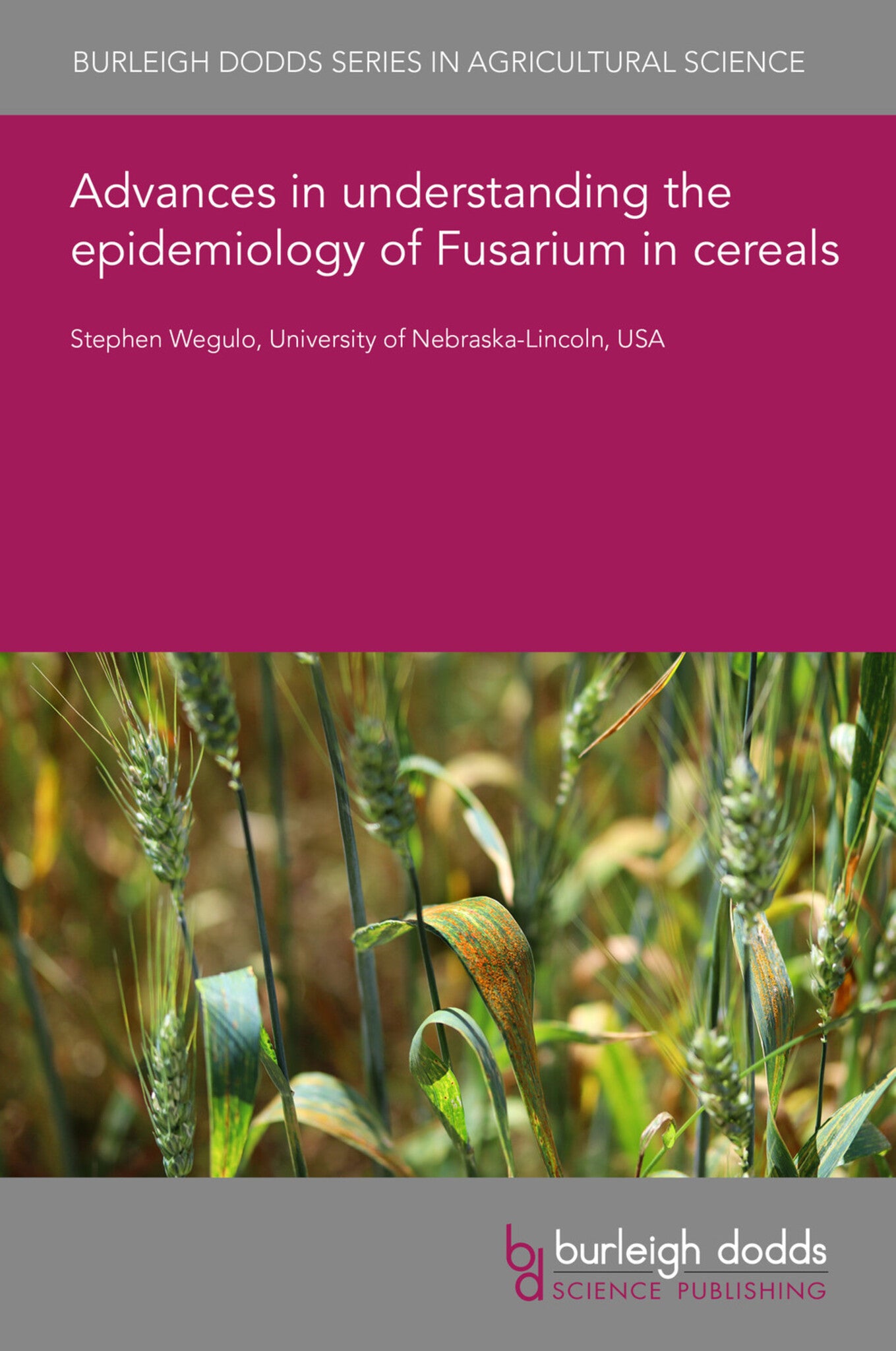We're sorry. An error has occurred
Please cancel or retry.
Advances in understanding the epidemiology of Fusarium in cereals

Some error occured while loading the Quick View. Please close the Quick View and try reloading the page.
Couldn't load pickup availability
- Format:
-
18 October 2021


TECHNOLOGY & ENGINEERING / Agriculture / Agronomy / Crop Science, Agronomy and crop production, TECHNOLOGY & ENGINEERING / Agriculture / Sustainable Agriculture, TECHNOLOGY & ENGINEERING / Pest Control, Sustainable agriculture, Pest control / plant diseases

1 Introduction 2 Life cycle 3 Mycotoxin production 4 Influence of environmental factors on disease development 5 Influence of management practices on disease risk 6 Predicting Fusarium head blight epidemics 7 Detection and identification 8 Disease assessment 9 Future trends in research 10 Where to look for further information 11 References



